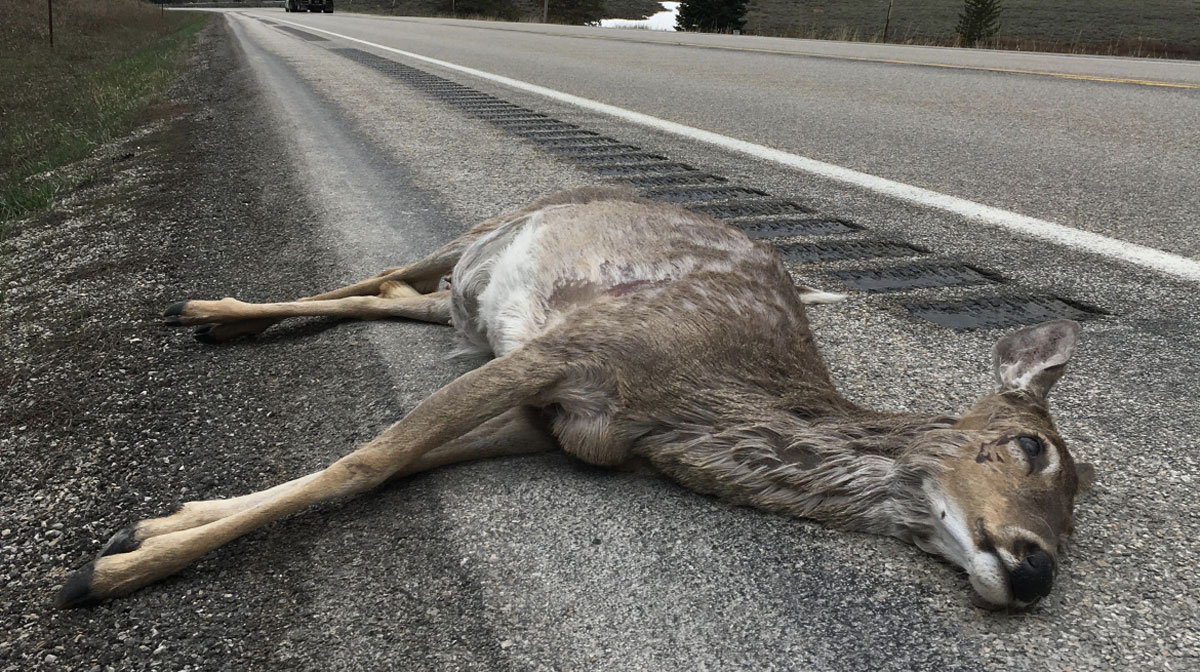Imagine spending your day driving a remote stretch of highway in search of roadkill. That’s exactly what Hilary Turner does for the Idaho Department of Fish and Game (IDFG). She does so to collect data and learn more about an emerging science she terms “road ecology.”
“Carcass surveys provide valuable information about mortality hotspots, which can be used to determine appropriate wildlife/vehicle collision mitigation siting and what methods to use,” wrote Turner.
According to Turner, there are 4.12 million miles of road across the country and those roads have a direct impact on wildlife.
Back in the late 1960s, Interstate 84 opened across southern Idaho. Eighteen mule deer died in vehicle collisions over the next six weeks. Further study showed the new highway became an impediment to migration as some animals either died trying to cross it or were unwilling to do so. Many deer that spent their summer in Sublett Mountains and historically migrated to the Black Pine Mountains instead chose to remain behind. Data shows that 40 percent of that herd died of malnutrition that next winter.
Since then, the state installed wildlife fencing and underpasses for deer and other wildlife to cross the roadway.
IDFG and the Idaho Transportation Department continue to work together to lessen the impact that roads have on migrating wildlife.
Go here to learn more.
(Photo source: Idaho Department of Fish and Game)
